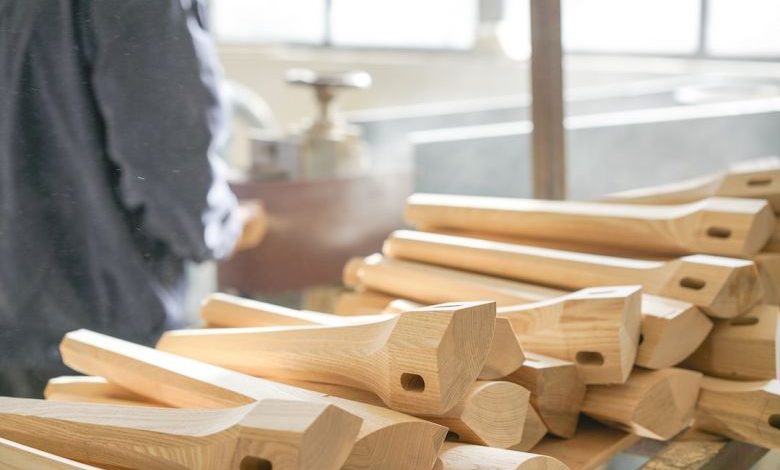How to Build a Carport in My Driveway?

Building a carport in your driveway can provide a great solution for protecting your vehicles from the elements. Whether you want to shield your cars from the sun, rain, or snow, a carport offers a cost-effective and practical option. In this article, we will guide you through the process of building a carport in your driveway, step by step.
Planning and Permits
Before you start building your carport, it’s essential to plan and obtain the necessary permits. Check with your local building department to find out if you need any permits or if there are any zoning restrictions in your area. This step will ensure that your carport is compliant with local regulations and will save you from potential fines or legal issues in the future.
Design and Measurements
Once you have the green light from your local authorities, it’s time to design your carport. Consider the size and dimensions of your driveway, as well as the number of vehicles you intend to cover. Measure the available space carefully, taking into account the height, width, and length of the carport. This information will help you determine the materials you need and the overall cost of the project.
Materials and Tools
Decide on the materials you want to use for your carport. Common options include wood, metal, or a combination of both. Each material has its advantages and disadvantages, so choose one that suits your budget, preferences, and the overall aesthetic of your home. Additionally, gather all the necessary tools such as a drill, screws, a saw, and a level to ensure a smooth construction process.
Preparing the Ground
Before you start building, it’s crucial to prepare the ground properly. Begin by clearing the area of any debris, stones, or vegetation. Level the ground using a shovel, ensuring that it is even and stable. If needed, dig holes for the supports, making sure they are deep enough to provide sufficient stability for your carport.
Building the Frame
Start by constructing the frame of your carport. This step involves attaching the vertical posts to the ground and connecting them with horizontal beams. Make sure to use a level to ensure that the frame is straight and properly aligned. Secure the joints with screws or bolts and check for stability before proceeding to the next step.
Roofing
Once the frame is complete, it’s time to install the roof. Choose a roofing material that suits your needs and budget. Popular options include metal sheets, polycarbonate panels, or even shingles if you prefer a more traditional look. Make sure to secure the roofing material tightly to prevent water leakage and ensure durability.
Finishing Touches
To complete your carport, add any finishing touches you desire. This could include painting the frame to match your home’s exterior, adding gutters for proper drainage, or installing lighting fixtures for added convenience and safety. These final touches will not only enhance the functionality of your carport but also improve its overall appearance.
Maintenance and Care
Once your carport is built, it’s important to maintain and care for it regularly. Regularly inspect the structure for any signs of damage, such as loose screws or cracks in the roofing material. Keep the area clean and free from debris to prevent any potential hazards. Additionally, consider applying a protective coating to the carport’s surface to extend its lifespan and protect it from weathering.
In conclusion,
Building a carport in your driveway can provide a practical and cost-effective solution for protecting your vehicles. By following the steps outlined in this article, you can successfully construct a carport that meets your needs and complies with local regulations. Remember to plan carefully, obtain the necessary permits, choose the right materials, and take proper care of your carport to ensure its longevity. With the right preparation and attention to detail, you’ll have a functional and stylish carport that enhances the value and convenience of your home.




